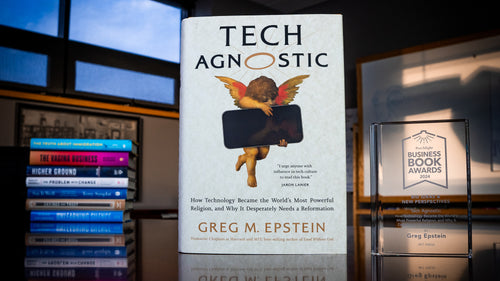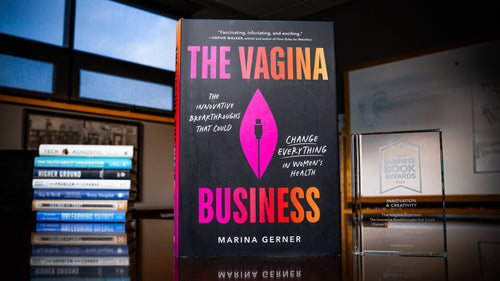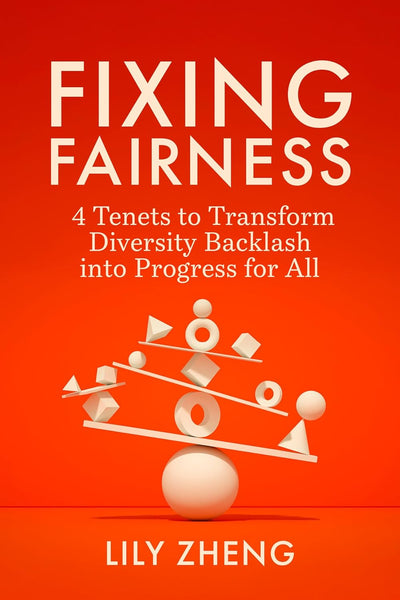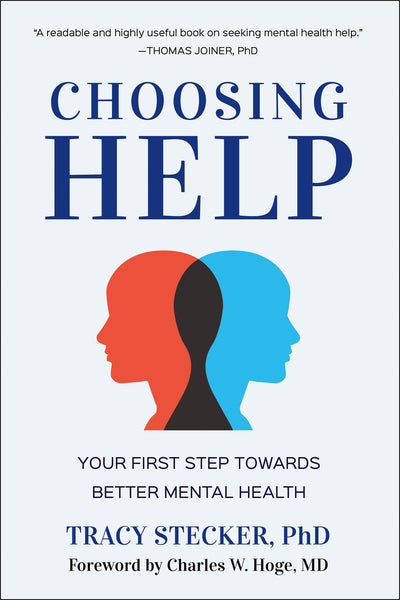An Excerpt from Lucky By Design
Wharton economist and market designer Judd Kessler pulls back the curtain on hidden markets that determine who gets what in everyday life—and how to tip the scales in your favor.
 What’s the secret to scoring a reservation at a hot new restaurant? When should you enter a lottery to increase your odds of winning? Why did your neighbor’s kid get into a nearby preschool while yours didn’t? Who gets priority for a life-saving organ donation?
What’s the secret to scoring a reservation at a hot new restaurant? When should you enter a lottery to increase your odds of winning? Why did your neighbor’s kid get into a nearby preschool while yours didn’t? Who gets priority for a life-saving organ donation?
These outcomes are not a matter of luck. Instead, they depend on how we navigate hidden markets that arise to decide who gets what when many of us want something and there isn’t enough to go around. Every day we play in these markets, yet few of us fully understand how they work.
In familiar markets, what we get depends on how much we’re willing to pay. Hidden markets do not rely on prices: you can’t buy your way in to a better position. Instead, what you receive hinges on the rules by which the market operates, and the choices you make in them.
Judd Kessler has spent a career studying and designing these very markets. Now, he reveals the secrets of how they work, and how to maneuver in them. Whether you want to snag a coveted ticket, secure a spot in an oversubscribed college course, get better matches in the dating and job markets, do your fair share of the household chores (but no more), or more efficiently allocate your time and attention, this must-read guide will show you how to get Lucky by Design.
We recently received permission to share an excerpt from the Introduction to the book.
◊◊◊◊◊
MARKET RULES
Introducing the concept of market rules, which determine allocations in hidden markets
Whenever we decide not to let prices determine allocations, either because we set prices low enough that there is excess demand or because we decide to forgo prices altogether, we need some other way to allocate scarce resources. In these cases, hidden markets arise.
Hidden markets decide who gets access to the best doctors, who gets seats in the best public elementary schools and in the best college classes, and who gets the most desirable restaurant reservations and the hottest concert and theater tickets. Hidden markets decide who gets the organs available for transplant, who gets the last hospital beds and ventilators, and who gets the earliest access to vaccines.
Hidden markets decide who is admitted to the most prestigious colleges and who gets to work at the best firms—and, therefore, who ends up with the most power. They allocate seats in movie theaters and on planes, trains, and automobiles. They even decide who gets to marry the most desirable partners and who must do what within the households they form.
The allocations we observe—who gets a donated kidney, a seat in the best elementary school, or a job at Google—can seem arbitrary and unfair. But there are rules that dictate how things are allocated in hidden markets, even if we aren’t always aware of them.
And once you know these rules, you can develop an optimal strategy so the best outcomes start going to you.
Doing academic research as a market designer opened my eyes to the world of hidden markets and the rules that guide them. In Lucky by Design, I aim to show you how you, too, can develop the ability to spot the hidden markets all around you. Each chapter will provide guidance about how to play in certain types of markets and will arm you with a set of strategies to increase your chances of getting more of what you want from them.
Market rules are dictated by whoever controls access to the scarce resource. These rules might be chosen deliberately, or they might be based on historical accident or operational expediency. Market rules can be formalized, or they can be left unstated; they might be enforced by people or coded into software. And they can be designed poorly or designed well.
What does it mean for market rules to be designed poorly or well? If we forgo prices because they introduce inequity or inefficiency or are too difficult, we should strive to make sure that the market rules that we use instead do better on these same three dimensions. So when academic economists are involved in evaluating or designing market rules, we like rules that satisfy what I call the three Es. We want rules that allocate things in a way that is equitable, efficient, and easy.
First, we’ll look at the three Es more closely, highlighting the trade-offs we face in trying to achieve them. This will help you see the hidden markets all around you and the market rules that dictate them (chapter 1), the first step in learning how to improve your outcomes in those markets.
Market rules can be some version of first come, first served, rewarding people who sign up the fastest (chapter 2) or queue up the earliest and wait the longest (chapter 3). The rules can involve randomization or a lottery, including some cases in which you might be able to improve your odds over others (chapter 4). They can allow participants to rank their preferences (chapter 5), or they can require participants on both sides of the market to agree on who gets what (chapter 6).
Certain market rules can introduce secondary markets—allowing prices to play a bigger role in allocating resources, despite attempts to avoid that—or permit speculation that is in some participants’ interests but can be bad for the market as a whole (chapter 7).
By the time you get to the end of the book, you will realize that you are also a market designer. For the markets you control—including the market for your time and attention—you have a chance to create market rules that elevate your preferences and make it easier to achieve your goals (chapter 8).
In many hidden markets, the stakes are too high for you to go in blind. This book is written to help you better understand and master the rules governing the hidden markets that you interact with every day.
To others, it might seem like you just got lucky, but by better understanding these markets—and how to play in them—you will know you were lucky by design.
About the Author
Judd B. Kessler is the inaugural Howard Marks Endowed Professor of Business Economics and Public Policy at the University of Pennsylvania's Wharton School. In 2021, Kessler was awarded the prestigious Vernon L. Smith Ascending Scholar Prize for his path breaking scholarship. For his work on organ allocation, Kessler was named one of the "30 under 30" in Law and Policy by Forbes. He is an award-winning teacher whose courses are popular among undergraduates, MBAs, PhD students, and executives, as well as a sought-after speaker. His research and writing have been featured in leading media, such as The New York Times, The Wall Street Journal, The Washington Post, Los Angeles Times, Scientific American, Harvard Business Review, Politico, NPR, Hidden Brain, and Freakonomics, among others. He received a bachelor's degree, MA, and PhD from Harvard University and an MPhil from the University of Cambridge. At Harvard, Kessler trained with Nobel laureate Alvin E. Roth, one of the founders of market design, the area in which he has been conducting research for the past fifteen years.

































































